In an age where natural light is increasingly recognized as a cornerstone of well-being and energy efficiency, architectural choices are evolving to prioritize materials that harmonize functionality with environmental responsibility. Among these innovations, Chinese FRP daylighting panels are emerging as a transformative solution, resonating with homeowners, designers, and sustainability advocates alike. These panels, crafted from fiber-reinforced polymer composites, bridge the gap between practical durability and aesthetic versatility—qualities that align seamlessly with contemporary demands for healthier, eco-conscious living spaces.
The Shift Toward Light-Filled, Sustainable Design
Recent discussions in architecture and interior design circles highlight a growing preference for spaces that blur the boundaries between indoors and outdoors. Natural light, once a luxury, is now a non-negotiable element in residential and commercial projects. Google Trends data reflects surging interest in terms like “biophilic design” and “energy-efficient buildings,” underscoring a societal pivot toward environments that nurture both people and the planet.
FRP daylighting panels cater to this shift by offering a lightweight, corrosion-resistant alternative to traditional glass or polycarbonate. Their translucency allows diffused sunlight to permeate interiors, reducing reliance on artificial lighting while mitigating glare—a balance particularly valued in workspaces, schools, and residential areas where comfort and productivity intersect.
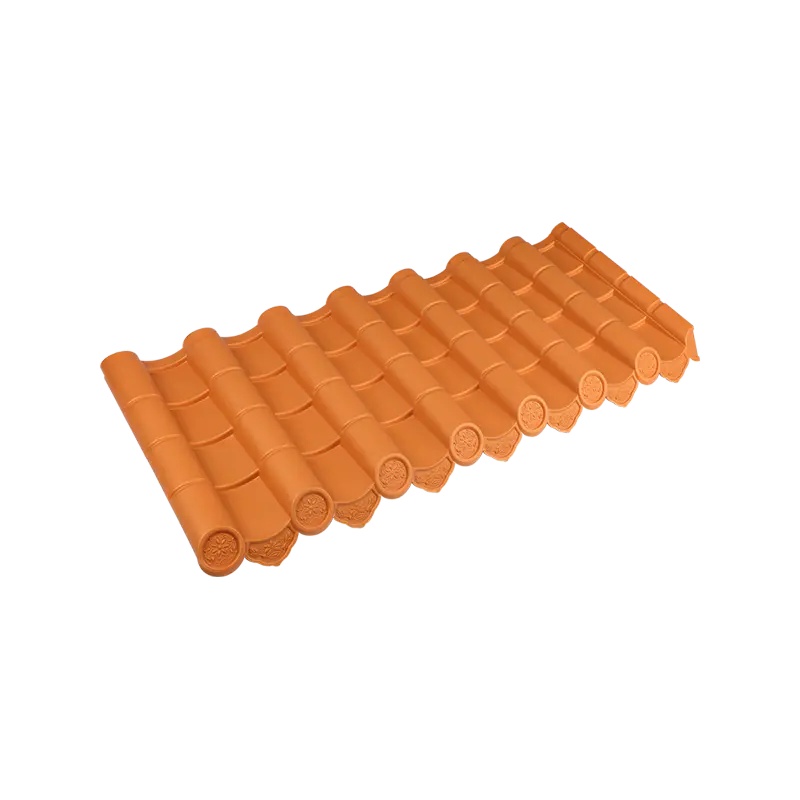
Everyday Applications: From Homes to Greenhouses
The adaptability of FRP daylighting panels makes them relevant across diverse settings:
Residential Roofing: Homeowners renovating attics or sunrooms increasingly opt for these panels to create bright, airy spaces without compromising thermal efficiency. Their UV-resistant properties help regulate indoor temperatures, contributing to energy savings.
Urban Farming: Urban agriculture initiatives leverage FRP panels for greenhouse roofs, where optimal light transmission supports plant growth while withstanding humidity and chemical exposure.
Industrial Sheds: Factories and warehouses utilize the panels to illuminate large interiors naturally, enhancing worker well-being and reducing operational costs.
These applications reflect a broader trend: materials once confined to industrial use are now being reimagined for everyday living, driven by consumer demand for practicality and sustainability.
Balancing Aesthetics and Durability
A common challenge in architectural design is finding materials that endure harsh weather without sacrificing visual appeal. FRP daylighting panels address this by offering customizable textures and finishes, from subtly ribbed surfaces to smooth, minimalist profiles. This flexibility allows architects to integrate them into modern, rustic, or industrial designs without disrupting aesthetic cohesion.
For instance, a café incorporating FRP panels into its patio roof achieves a cozy, sun-dappled ambiance, while a suburban home uses them to create a skylight that complements its timber-beamed ceilings. Such versatility positions these panels as a silent yet impactful contributor to spatial storytelling.
Environmental Impact: A Quiet Revolution
As climate-consciousness reshapes consumer behavior, FRP daylighting panels gain traction for their eco-friendly attributes. Unlike materials requiring frequent replacements, their resistance to corrosion, chemicals, and extreme temperatures ensures longevity, reducing waste generation. Additionally, their lightweight nature lowers transportation emissions during installation—a detail often overlooked but critical in achieving carbon-neutral goals.
Manufacturers adhering to sustainable practices further enhance their appeal. By utilizing recycled polymers or optimizing production energy use, they align with global standards for green construction, appealing to clients who view material choices as an extension of their environmental ethics.
User-Centric Benefits: Beyond Technical Specs
While technical merits are vital, everyday usability drives adoption. FRP panels resonate with users through:
Ease of Installation: Their modular designs simplify retrofitting onto existing structures, minimizing renovation downtime.
Low Maintenance: Unlike glass, they resist yellowing or brittleness over time, requiring only occasional cleaning to retain clarity.
Safety: Shatterproof properties make them ideal for schools, sports facilities, or regions prone to severe weather.
These practical advantages translate into long-term value, appealing to budget-conscious homeowners and project managers alike.
Future-Forward Possibilities
The trajectory of FRP daylighting panels intersects with emerging technologies. Innovations such as smart coatings that adjust light transmission based on sunlight intensity or integrated solar cells could further elevate their role in sustainable architecture. While still in exploratory phases, such advancements hint at a future where building materials actively contribute to energy ecosystems rather than passively consuming resources.
Conclusion
Chinese FRP daylighting panels exemplify how material innovation can quietly redefine modern living. By addressing the dual mandates of sustainability and human-centric design, they offer solutions that feel less like industrial products and more like enablers of healthier, more intentional lifestyles. As architects and homeowners alike seek to create spaces that honor both ecological balance and personal well-being, these panels stand as a testament to the power of thoughtful engineering—one that doesn’t shout its merits but quietly illuminates the path forward.
For those exploring renovations or new builds, FRP daylighting solutions present an opportunity to marry form, function, and environmental stewardship—a trifecta that increasingly defines the essence of contemporary design.









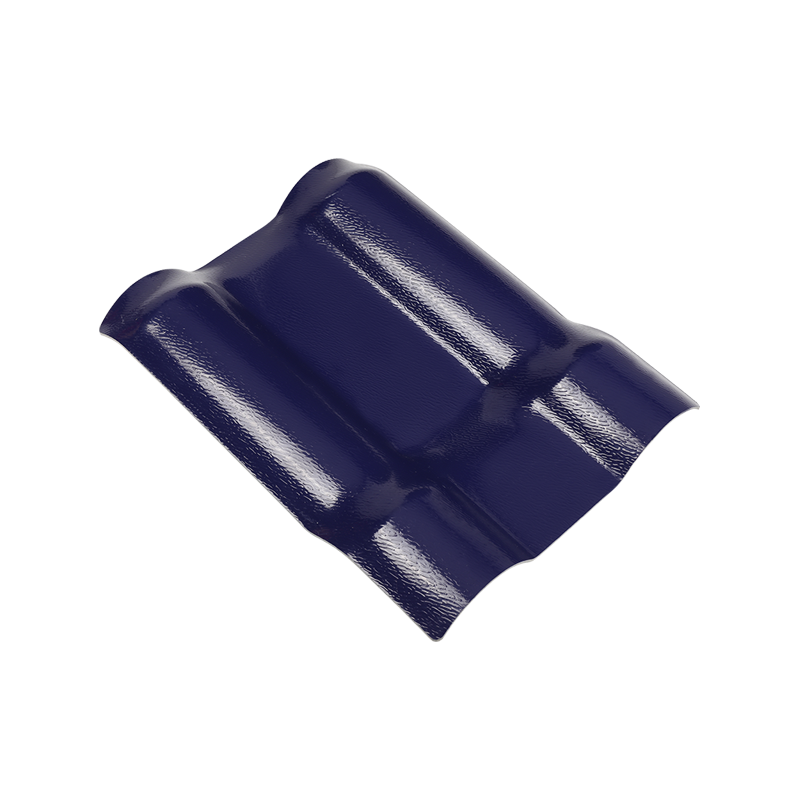
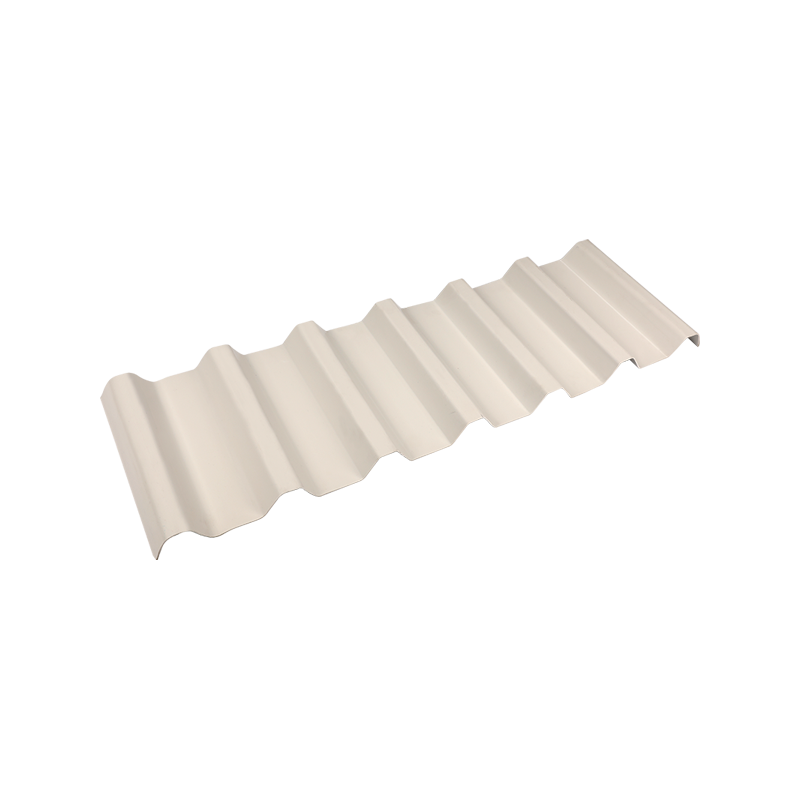
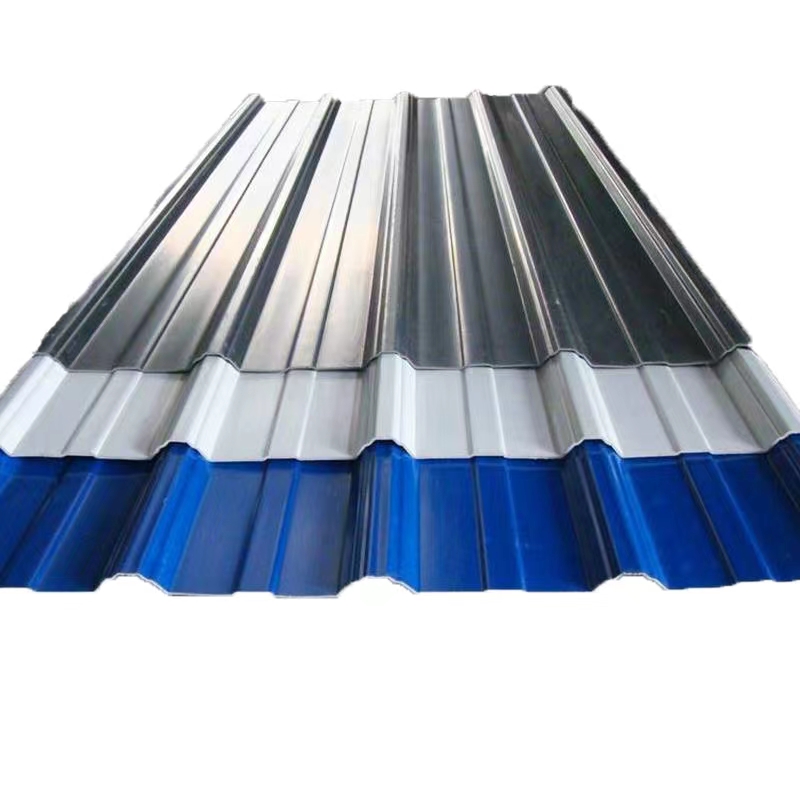
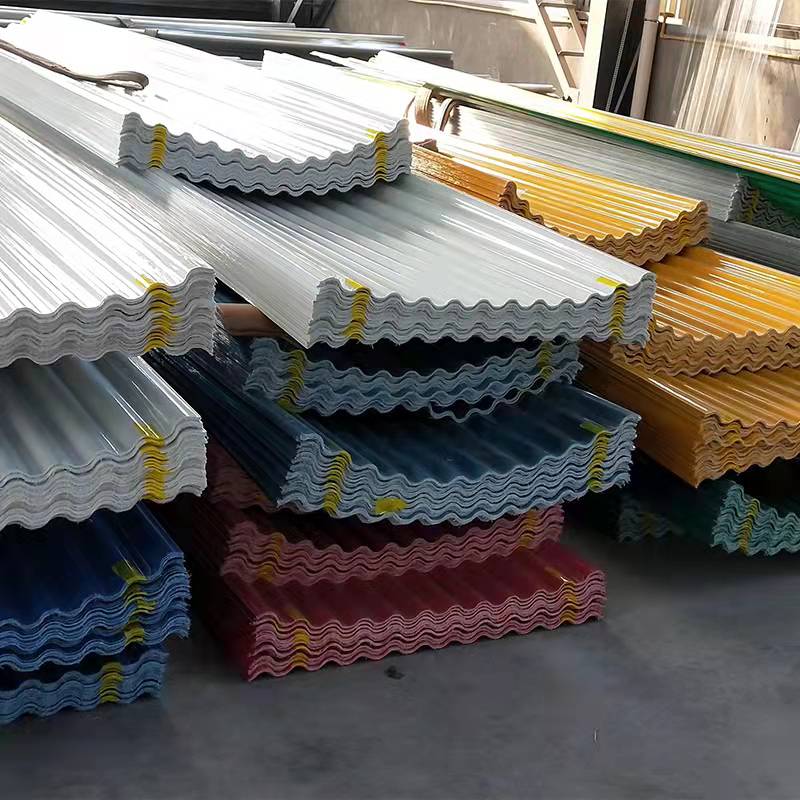
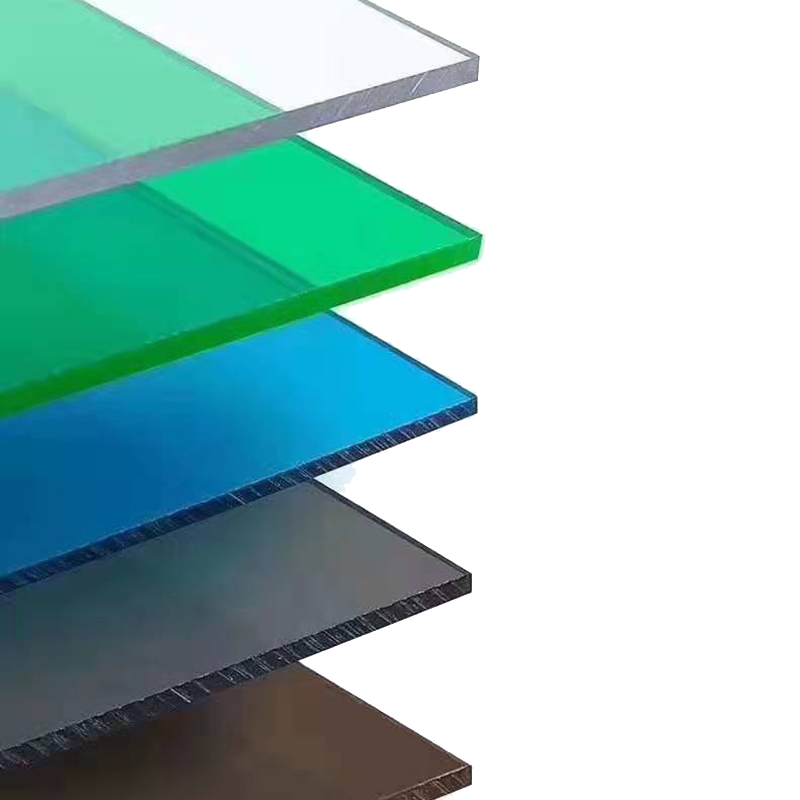
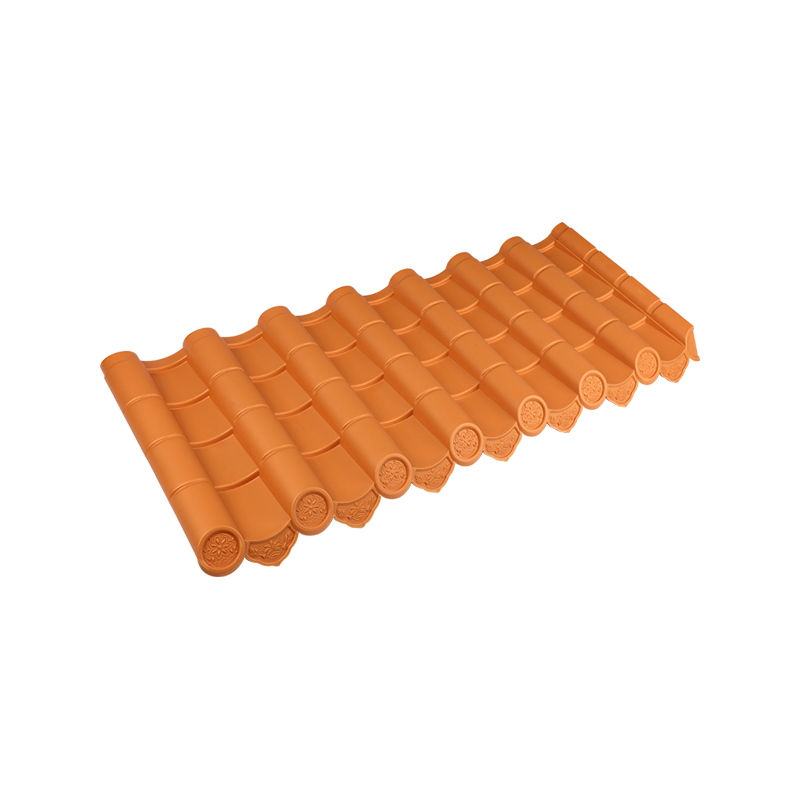
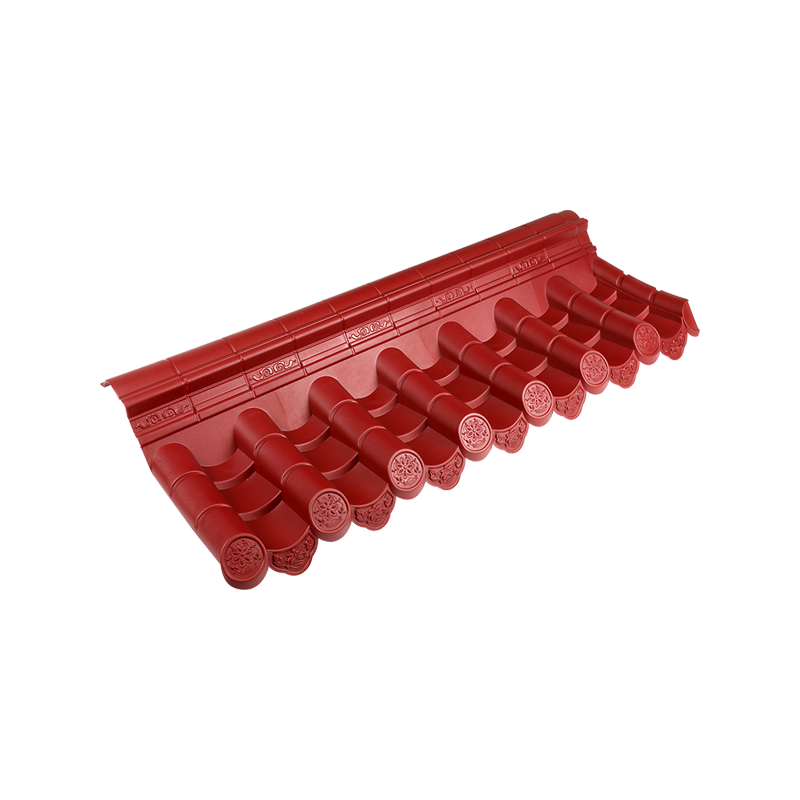


 Email:
Email: Phone:
Phone: Adress:
Adress: